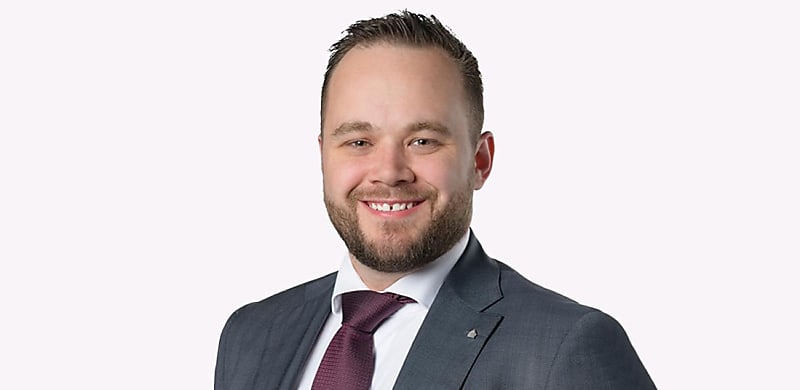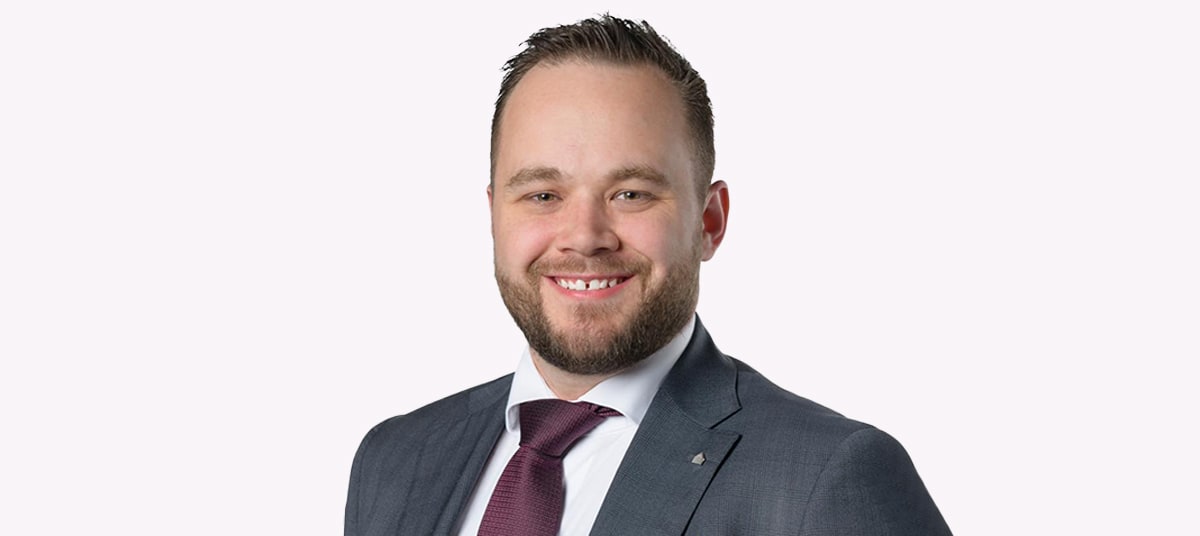
Having worked in the mortgage and finance industry in a range of roles at aggregators, brokerages, and banks, Fabien Tribe, founder of The Lending Lab, shares how he’s hit the ground running as a mortgage broker.
How did you get into broking?
I started with a very heavy sales background, coming out of Harvey Norman. But I really wanted to land in an industry that I thought had more future than what working in retail did. I decided to try banking and started as a teller at ANZ, moved my way to being a personal banker, and then eventually, moved into being a small business and then commercial banker. So I took the unusual path of doing complex self-employed lending before doing standard mortgages.
This content is available exclusively to
The Adviser premium members.
I [moved into] Aussie Home Loans and was originally in South Australia, looking after a mobile team of about 38 mortgage brokers, 25 of whom were under 12 months. So you do everything from going to their appointments, helping with their deals, recruiting them, training them, and developing them. Eventually I got moved along to looking after all of their retail stores across South Australia and Northern Territory, then planned my escape and exited out into the broking world. So I’ve now been on the bank side, the aggregator side, and the broker side, so I’ve got the Holy Trinity of banking, so to speak.
Did working for Aussie give you some key insights before becoming a broker yourself?
Very much so. It’s surprisingly hard to recruit really good brokers because it requires so many different skill sets. There need to be people who can build relationships and trust and rapport, who need to have some kind of detail and mathematical problem-solving skills. But then it’s all of the follow-up and the resilience and the negotiating with lenders and managing themselves and managing their business that I think a lot of people don’t factor in in the early days... so, it kind of catches up to them. You can afford to have no processes when you’re doing one deal a month, but when you start to do 10, things start to get a little bit wobbly and you need to be a bit more regimented.
What do you think brokers need to get through the initial hurdles when starting in broking?
Mindset is important, but mindset also doesn’t pay the bills. I find it’s consistency that wins very much in the long term.
What tends to happen is it takes about three months for your average transaction to turn from a lead or an inquiry to you getting paid for it. So, if I get really busy and I just stop the tap, stop doing new inquiries, don’t talk to customers, or anything else, then I’m behind the eight ball.
I think a lot of the conversations you used to have - if your goal is to be a broker who does 10 deals a month every month consistently - if you’re doing five deals a month, your day-to-day activity shouldn’t stop. We need to find ways to make it more efficient or more productive, so that you can push through that, rather than getting to the edge of that threshold and just pulling back.
What tech tools have you been using to speed up the broking process?
Some of the tech that we use that saves us a lot of time falls into two main categories: one is: What makes less friction for the customer? The other is: What makes less friction for us, as a broker?
We use a program called Kaddim. It’s like FileInvite, but you can input videos and you can brand it. Also, we sub-aggregate through Nectar, which is under Loan Market Group so we’ve got myCRM as our platform. That lets us send a digital fact-find to the customer; they enter all of their data and then that populates on our side. So that makes our life really easy.
We also use Quickli, which is phenomenal. I think it’s the best $50 I ever spend in my business where you can do 20 or 25 different servicing calculators in one go and that’s exceptionally useful.
And probably the last one I’d recommend would be Loom, which is a program that’s free. You put it on your laptop and you can record yourself. So if you’re sending a really long detailed email to a customer, rather than just sending them all of text, you can send it with a little video of you talking through it and giving some verbal context.
I’m finding the combination of those things, as we introduce a new platform, is interesting to see. Previously, a customer would get documents back to me in five days. Now there’s a new process and now we’re roughly getting it back in two days. That usually tells me that the platform or the new process is making it easier for the customer, and therefore, easier for us to do a transaction.
Do you have any top tips for starting a brokerage?
Well, you’re kind of setting yourself up to fail if you don’t have a plan, but the paradox is: you can’t be too wedded to the plan. You should try and get as many ducks in a row as you can, so that when you pull the parachute cord, you know what you're doing.
On the other hand though, opportunities and things come along that you don’t quite expect... So, if you are a new broker and you’re starting out, you should absolutely have a plan before day one comes around - so you know what you’re doing -but if you laser focus on that plan and are completely rigid and can’t pivot to make the most of opportunities, then you're probably too far on the other spectrum.
Do you have a recruitment strategy?
I wasn’t expecting to recruit until probably 12 months into the business. I was going to build it up and just be a one-man band and then build a lot of admin behind me and marketing, etc. Once that volume got high, then I’d bring someone else in.
It’s me and Nick [Clunes] as brokers at this stage. We’ve got admin [staff] that we use on a per-file basis, so it’s more of a contractor than an employee relationship. But I’ve got two brokers who are joining me; one in about three months and one in about six months. Plus, we’re in talks with a couple of others who may also be interested.
So, I think we’ll end this year as a team of five, which is pretty exciting for us, given that we’ve just finished our first year of trading.
Is now a good time to be growing?
I think now is always a good time to be growing, but I think the biggest thing is you just need to be really strict and diligent with whom you bring into your business. The biggest mistake I’ve ever made in recruiting, back when I was at Aussie, was trying to make a cake out of the wrong ingredients.
What are your top tips for building your client base?
The first step that I took was going from a social media route. What’s interesting is that, our customers are more demographic and psychographic-based, rather than geographic.
So probably 70 per cent of my deals are not in the same state that I’m in. I do deals in Toowoomba and Perth and Adelaide and Brisbane and Victoria, while I’m based in Sydney, for example.
I’ve been active in a lot of Facebook groups, just giving out free advice, and putting out YouTube videos that explain how mortgages work and what people can do. TikTok and YouTube and Instagram have been really, really useful. LinkedIn has been great, so was Facebook. Snapchat’s been a waste of time. But you ebb and flow your way through.
Is your social media managed in-house?
I use a firm called Social Wave. They’re a marketing agency. So I do the ideas for the content, I do the scripting (and obviously do the presenting and the face of it all) and what they do is all of the filming and the editing and the graphics, because that’s not my skill set.
What do you do to destress and unwind?
Dungeons & Dragons.
If you would like to find out more about Fabien Tribe at The Lending Lab, tune in to the episode New Broker: How tech opportunities are helping Fabien Tribe:
